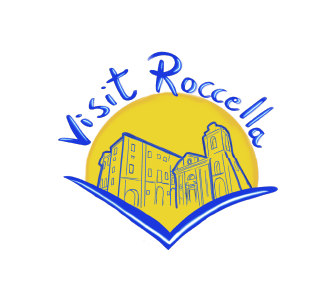translated with IA
The Englen family, owners of the eponymous palace, now Tassone, made their appearance in Roccella following the marriage between D. Giuseppe Francesco Englen and Maria Manfrè, daughter of Giovan Francesco Manfrè, Vice Count of Grotteria, and D. Isabella De Simone.
Of this progenitor of the Roccella branch, it is known that he was baptized in Acquaro in 1688, the birthplace of his ancestors.
Some documents confirm that in 1717 D. Giuseppe Francesco was elected Mayor of the Nobles of Roccella. Throughout their history, they intermarried with several distinguished Calabrian families. At that time, the Englen family lived in Roccella in the “district of nobles” of S. Nicola ex Aleph, on the ancient City. Their palace consisted of six rooms with corresponding lower levels, and two other lower levels nearby.
It is noted from the income statement of 1742 his appellation of “Magnificent”; in addition to the declaration of the profit of about sixty tomolate of land from various districts of Roccella, with houses and animals, and that their house in the City was near the Misuraca palace. The family could afford two servants in the house.
From the family of the eldest son D. Vincenzo, son of Giuseppe Francesco and Maria Manfrè, who entered into a double marriage, originated the branch of the Barons of Fornelli with D. Gaetano Englen, and the branch of Roccella with D. Giovan Battista Englen. The latter gained greater prestige through his marriage to D. Maria Anna Manfrè, his second cousin and niece of Baron Nanni.
It was precisely Giovan Battista Englen, in 1784, who was elected responsible and custodian of the Sacred Treasury of Roccella, a governmental institution established after the earthquake of 1783, a prestigious position that saw him engaged in the reconstruction of the devastated town of Roccella; furthermore, he was Mayor in 1801 and 1812.
In 1816, Giovan Battista Englen declared, as his property, a piece of land with an adjacent “oil mill”. The location of said mill suggests that the palace, the subject of our observation, was built during the 1800s, as its remains are located on private property adjacent to the current palace.
From Giovan Battista and Maria Anna Manfrè, among others, were born Baron D. Francesco Englen, who continued the Roccella branch, and D. Giovan Vittorio Englen, a prestigious jurist in Naples.
Speaking of the latter, he was born in Roccella in 1780, moved to Naples to obtain a degree in Law, precisely during the period of the French decade under the Bonapartes. He was twenty-six when he became Head of the Department of the Ministry of Grace and Justice. Gioacchino Murat himself tasked him with drafting the new Neapolitan Napoleonic code; politically, he never hid his pro-French sympathies.
From D. Francesco Englen, mayor of Roccella in 1832 and 1833, continued the conservation of those administrative duties that consolidated the prestige among the Roccella families. His son Giovan Battista, the eldest, was also mayor of Roccella in the years 1853-54-55-56, during which, we believe, he oversaw the construction of the palace on Via Garibaldi.
To strengthen their position, a customary distinction of affluent families of the past was to request from the episcopal authorities the construction of a private chapel or church built next to their palace. The concession was granted, and the church built, which can now be admired near the palace.
As happened with other eminent families, the Englen family was also pointed out with public accusations as responsible for all kinds of abuses and oppressions, both against institutions and against free citizens. One of the many pointed out D. Giovan Battista, who appropriated 330 ducats from the Sacred Treasury. It is certain that such a perfidious reputation transcended the centuries, reaching our times through oral accounts. It is certain that between the end of the 19th century and the beginning of the next century, the mismanagement of their assets with various squanderings put the heirs of the family in difficulty, who, as reported by the village rumors, due to a debt of £10,000, considerable for that time, were forced to put their palace up for sale, in the early 1900s, and it was acquired by the Tassone family, who still holds it to this day.
